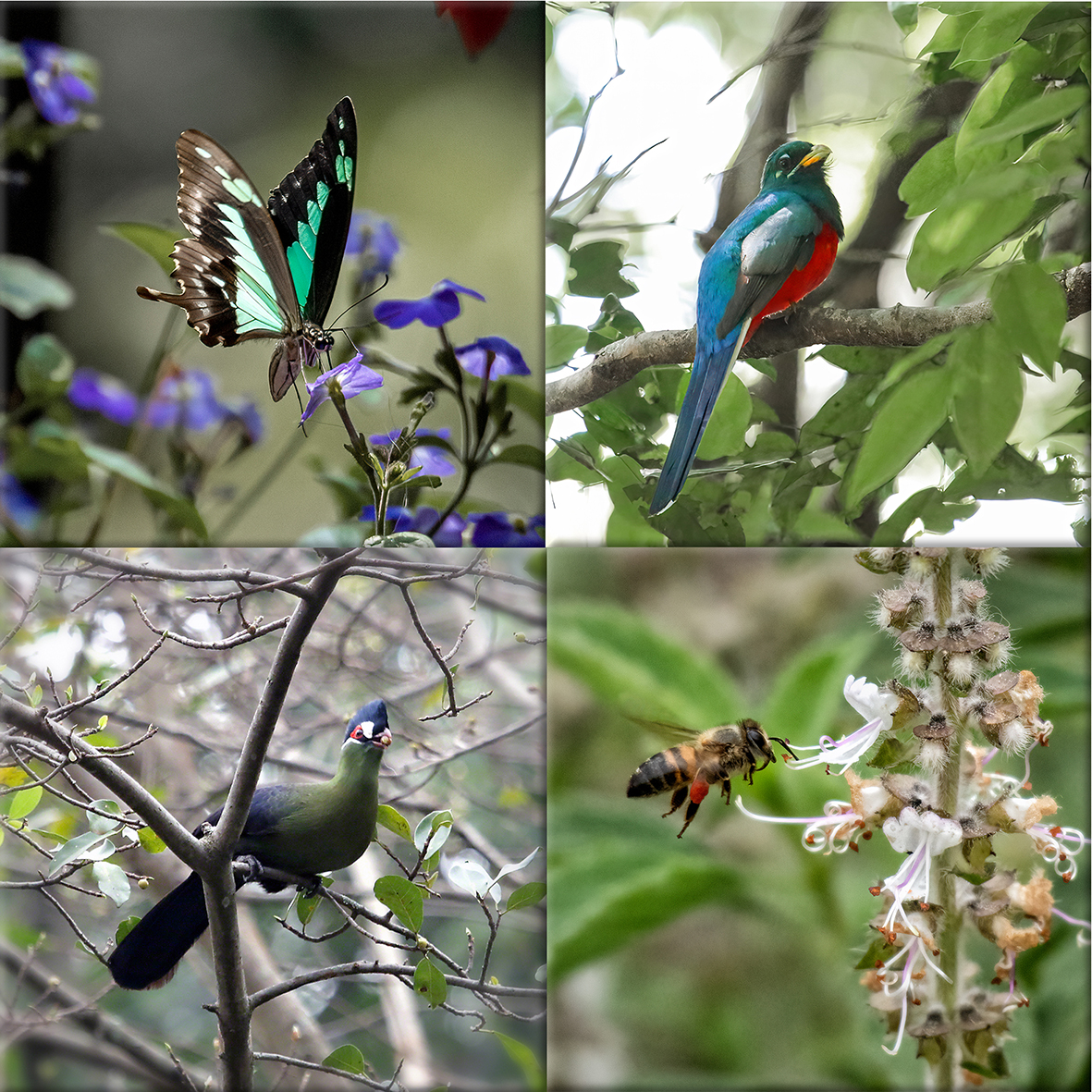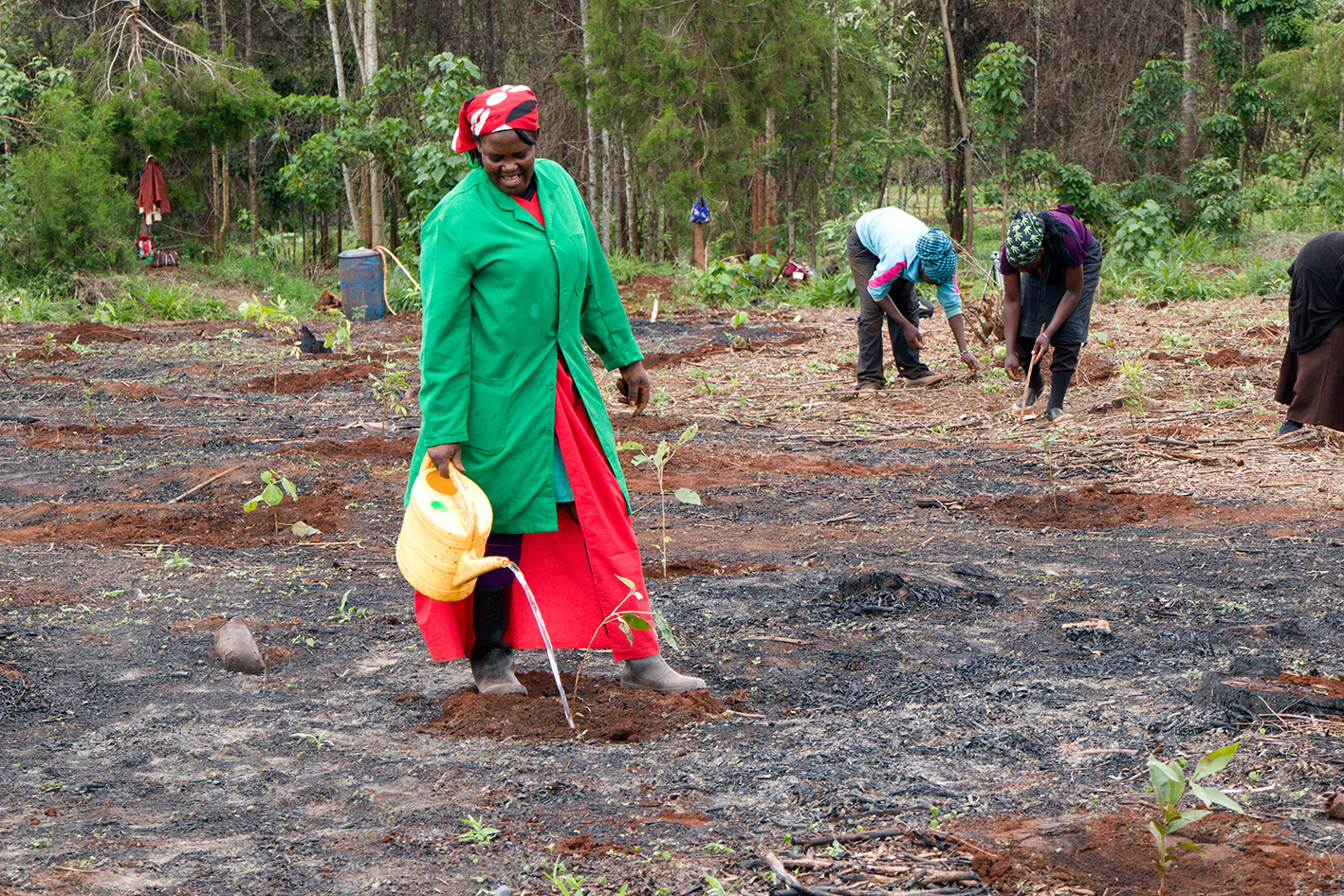You can review the complete KFS-FKF Karura Participatory Forest Management Plan by clicking here.
Have you noticed the difference during your walks or runs under Eucalyptus plantations compared to the lush, indigenous forest areas? The ambiance, the sounds of birds, butterflies, and other wildlife—it’s all part of the ongoing restoration of Karura Forest.

Since 2009, we’ve increased indigenous tree cover from 25% to 60%, thanks to the support of nature lovers like you. The current plan is to continue restoring old degraded plantations of exotic trees to ingenious forest cover at the rate of 15 ha per year.
Indigenous trees are vital for healthy ecosystems, supporting wildlife and helping to fight climate change. Let’s look at how this restoration effort is changing Karura:
Biodiversity Thrives
Look out for the majestic African crowned eagle soaring overhead and listen for the calls of our colobus monkeys, whose population has grown from 142 to 244 in just eight years. These native trees provide the food and shelter our local wildlife needs to flourish.


Climate Benefits:
Karura’s indigenous trees act as the “lungs” of the city, helping to clean the air and trap harmful emissions. By absorbing carbon, they play a key role in combating climate change.
The FKF tree and shrub nursery has some 80,000 plants of 70 indigenous species ready for re-planting.

Healthier Soil, Faster Nutrient Cycling:
Unlike the slow-to-decompose Eucalyptus leaves, native trees encourage quicker nutrient recycling, enriching the soil for healthier forest growth.
Karura mammal populations are responding favourably, like this bushbuck family.

Support for Plant-eaters & Pollinators:
From the striking Green Banded Swallowtail Butterfly to over 200 bird species like the Narina Trogon and Hartlaub’s Turaco, our native trees provide the flowers, fruits and seeds that keep these plant-dependent beauties coming back.

A Place to Reconnect:
Wangari Maathai’s Grove is a serene spot for relaxation and reflection, once a neglected Eucalyptus plantation, but then cleared in 2018, immediately re-planted with indigenous species, and now re-grown into a tranquil haven today.

Fighting Invasive Species:
Our ongoing efforts to control Lantana camara have helped native species flourish. You’ll see the results of this work in every restored area.

Sustainable and Low Maintenance:
Restoration efforts in areas like the forest compartment bordering the UNON enclave to the Main forest’s west, restored in 2017, prove that native species are more sustainable and require less maintenance.
And replanting with indigenous species provides employment for community women’s groups: win-win.

You can review the complete KFS-FKF Karura Participatory Forest Management Plan by clicking here.
Come and witness the transformation of Karura Forest—a living example of restoration and rewilding success!



Great job on the two big areas you have cleared of eucalyptus for planting. Please, in the replanting, can we have less crotons, Nandi flame, Warburghia, Markhamia-type trees, which are very common. And we plant more unusual species like Pittosporum, Rothmania, Rawsonia, Bersama, Rawolfia, and even Ficus species. My humble suggestion but I know it’s a very good one. We need much more tree diversity.